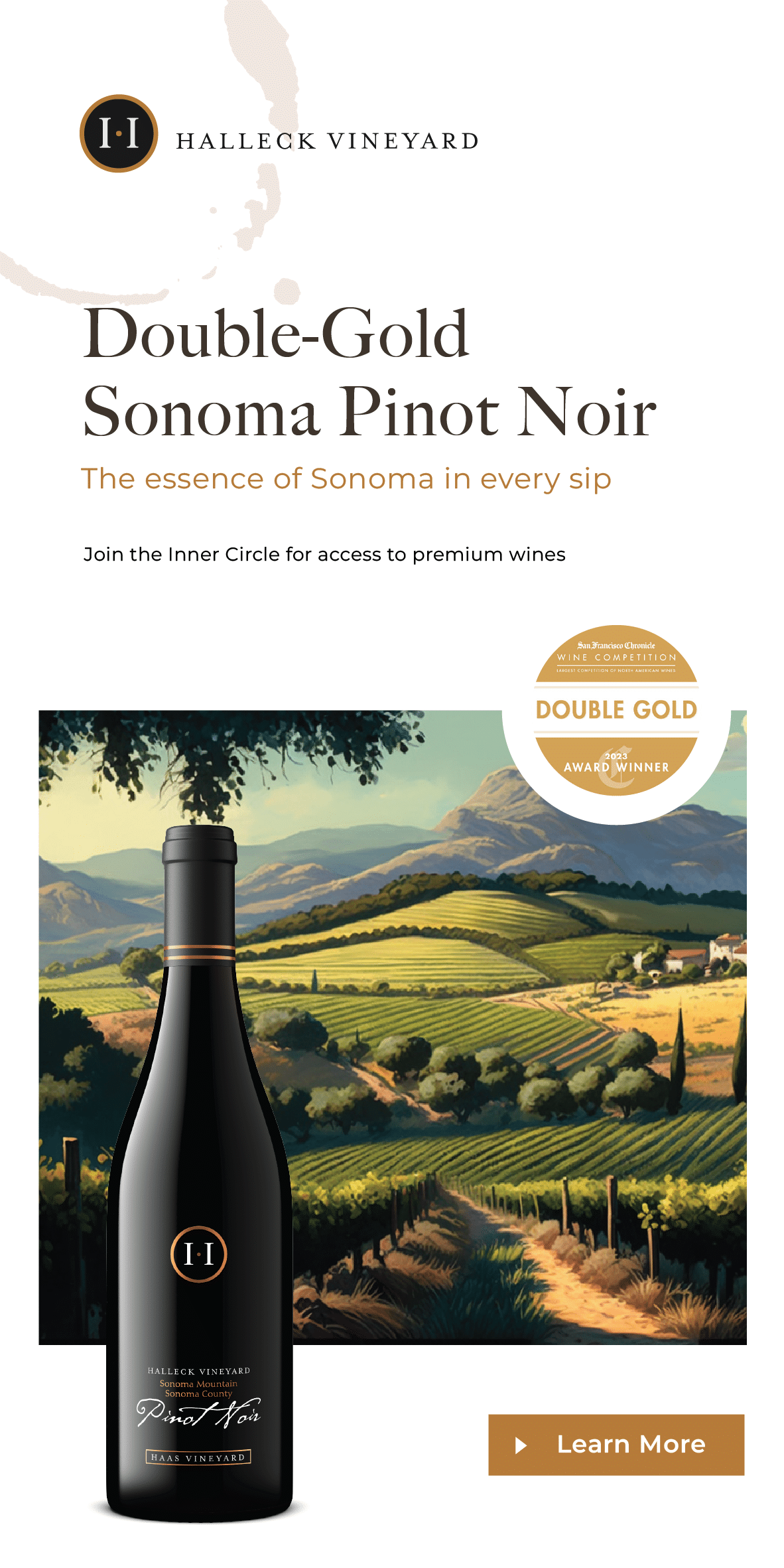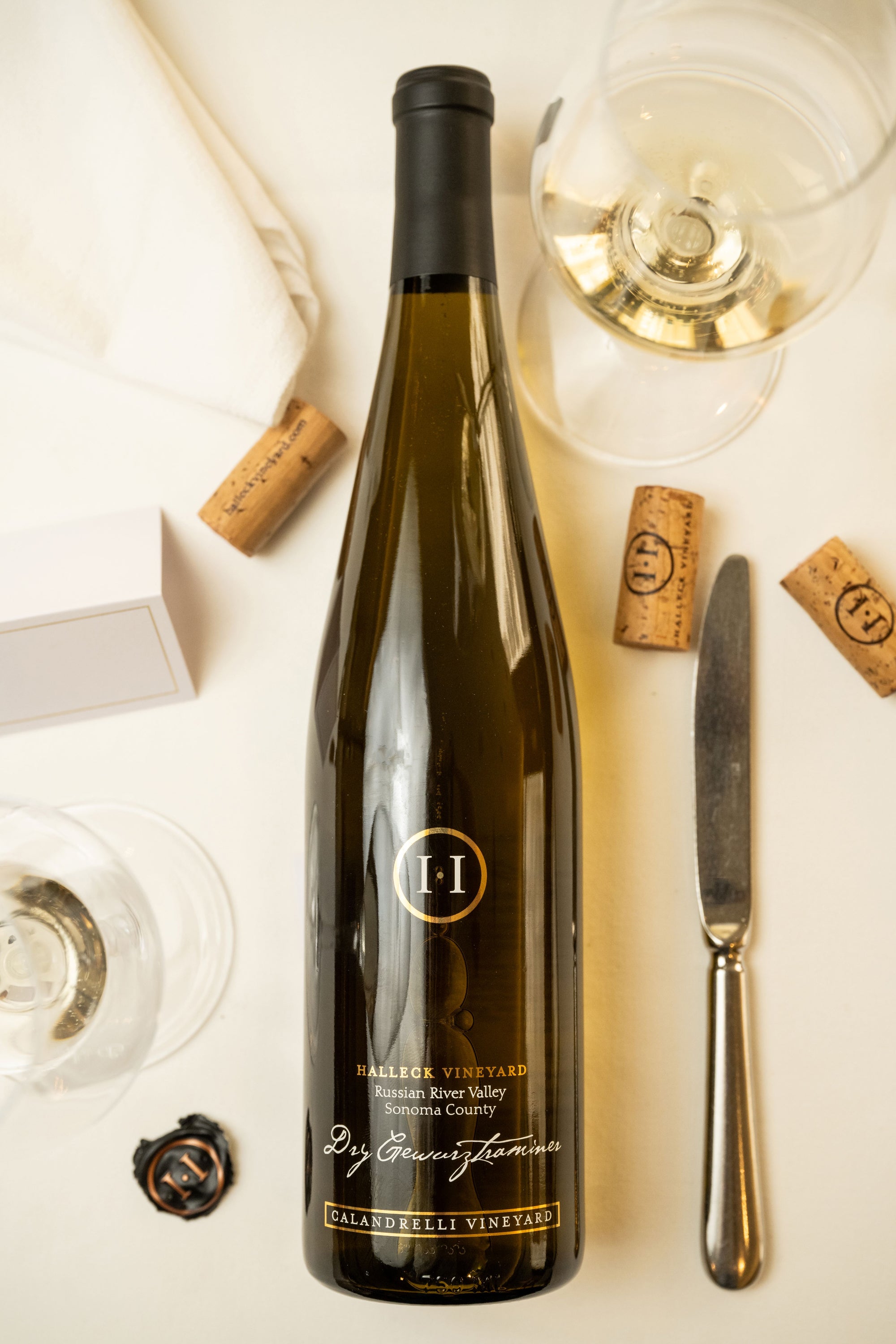Create the Perfect Wine Tasting in Sebastopol 95403
Understanding the nuanced vocabulary associated with winery wine tasting is essential for each novices and seasoned connoisseurs alike. Each term brings to life the experience of tasting wine and can enhance one’s appreciation of the many intricacies involved. Wine tasting is more than simply drinking; it is an art that involves various senses and feelings.
To begin with, the term "nose" refers again to the aromas one detects when smelling the wine. This is a vital step because the bouquet units the stage for the tasting experience. Notes of fruit, spice, earth, and wood might mingle, providing a glimpse of what the palate might verify. Understanding "nosing" the wine can dramatically elevate one's sensory journey.
Another key aspect is the term "body." The body of the wine describes its weight and fullness on the palate. A full-bodied wine has a robust presence and tends to linger longer after swallowing. Conversely, light-bodied wines could really feel extra delicate and refreshing. Recognizing the body helps tasters assess the wine's structure and balance.
Discovering the Best Wineries in Sonoma County
The concept of "tannins" is important in red wine tasting. Tannins are compounds derived from grape skins, seeds, and stems, contributing to a wine's texture and growing older potential. Excessive tannin wines typically end in a dry mouthfeel, whereas decrease tannin levels yield a smoother experience. This distinction is particularly important when pairing wines with food, as tannins can either complement or conflict with sure dishes.
In addition to tannins, "acidity" performs a significant role in the wine tasting experience. Acidity offers wine its crispness and liveliness - Best Chardonnay from Sebastopol Wineries You Shouldn't Miss. Wines with larger acidity are typically refreshing and energizing, making them glorious companions for quite a lot of foods. Recognizing acidity can drastically improve one’s food-pairing capabilities and general tasting enjoyment.
When delving into the flavor profile of a wine, one might encounter the term "finish." The finish refers to the aftertaste that lingers in the mouth after swallowing. A lengthy finish is commonly associated with high-quality wines, because it signifies complexity and depth. A short end may counsel a simpler wine. Figuring Out tips on how to consider the end can reveal much a couple of wine's character.
Exploring the "vintage" can be integral to wine tasting terminology. The vintage denotes the yr during which the grapes have been harvested. Completely Different years can yield vastly different outcomes because of variations in climate situations. For occasion, a hot summer time can produce extra concentrated flavors, while a cooler yr might yield extra subtle, nuanced wines. Understanding vintage permits for a deeper appreciation of a wine’s origin and potential.
Essential Tips for Vineyard Tours in Sonoma
The term "terroir" encompasses the geographical and environmental factors that contribute to a wine's unique character. Factors corresponding to soil sort, climate, elevation, and topography all play a job in the flavor and high quality of the wine. This connection to position helps one understand why wines from completely different regions can taste so distinctively completely different, even when made from the identical grape variety (Exploring Outdoor Wine Tastings in Sebastopol).

When engaging with wines, the phrase "leg" refers back to the droplets that type on the inside of Your Domain Name the glass after swirling. These droplets can point out the wine's alcohol content material and viscosity. While observing the legs might not instantly relate to the wine’s style, it adds to the overall experience and intrigue of wine tasting much less clear.
Wine Enthusiast's Guide to Discovering the Wines of Sebastopol 95409
A extra particular term that will come up throughout tastings is "oak." The influence of oak barrels on wine can impart flavors such as vanilla, toast, or spice. The diploma of oak getting older can range extensively amongst wines, affecting each aroma and style. Understanding oak therapy supplies insights into the winemaker’s selections and the ensuing complexity of the wine.
In wine tasting, one might also hear the term "palate." The palate refers to the overall taste experience in the mouth. This encompasses sweetness, bitterness, acidity, and body. A well-balanced palate is essential for a harmonious tasting experience, and recognizing any imbalances helps assess the quality of the wine.
The experience of wine tasting is greatly enriched by understanding the terminology that accompanies it. Each term serves a purpose, enhancing the ability to convey ideas and emotions in regards to the wine one's experiencing. This vocabulary bridges communication between tasters, sommeliers, and winemakers alike.

To absolutely take pleasure in wine tasting, it's essential to engage all senses. The sight of the wine, its colour, and clarity can provide perception into its age and quality. Swirling the wine releases aromas that heighten the olfactory experience, while the actual tasting permits for a whole evaluation of the wine's profile.
The Best Vineyards for a Relaxing Weekend Getaway 95409
In conclusion, understanding the detailed rationalization of winery wine tasting terminology tremendously enhances the experience of tasting. Each term invitations the taster to have interaction more deeply with the wine, encouraging connections to the senses, the winemakers, and the lands the place the grapes are grown. This nuanced vocabulary creates a richer, more fulfilling wine tasting experience.
- Aroma refers again to the scents released by the wine, which may point out its grape selection and affect the tasting experience.
- Tannins are natural compounds found in grape skins, seeds, and stems, contributing to the wine's structure and aging potential.
- A end, or aftertaste, is the lingering flavor sensation that remains on the palate after swallowing, often a key indicator of high quality.
- Body describes the burden and fullness of wine in the mouth, typically categorized as light, medium, or full-bodied.
- Terroir denotes the distinctive environmental characteristics of a winery that have an effect on the style and quality of the wine, including soil sort and climate.
- Acidity is a crucial part that contributes to a wine's freshness and balance, impacting its growing older functionality and total flavor profile.
- Vintage indicates the year grapes have been harvested and performs a big position in determining the wine's characteristics, reflecting specific climatic conditions.
- Decanting involves pouring wine from its bottle into another vessel, allowing it to aerate and enhancing its flavors and aromas.
- A corked wine could also be tainted by a defective cork, leading to musty or off-putting flavors that detract from the wine's supposed profile.
- The term “legs” refers to the droplets that cling to the within of a glass after swirling, typically associated with the wine's alcohol content and viscosity.undefinedWhat is the meaning of "nostril" in wine tasting?undefinedThe "nostril" refers to the aroma profile of the wine, which is detected via the sense of odor. It's a vital side of wine tasting, as aromas can reveal lots concerning the grape variety, winemaking course of, and getting older.
How should I properly taste wine?undefinedTo style wine successfully, follow these steps: observe the color, swirl the wine to aerate it, take a delicate sniff to capture the aromas, sip and let it coat your palate, and finally, note the end. This strategy helps in appreciating the wine’s complexity.
What are "tannins" and how do they affect wine?undefinedTannins are pure compounds found in grape skins, seeds, and stems that contribute to a wine's structure and astringency. They can create a drying sensation within the mouth, and so they also play a task within the wine's getting older potential.
Special Wine Tasting Festivals in California

What does the term "steadiness" mean in wine tasting?undefinedBalance refers to the harmony between the completely different elements of a wine, such as acidity, sweetness, alcohol, tannin, and flavor depth. A well-balanced wine will have every of these components supporting one another quite than overpowering the others.
What is the significance of "terroir" in wine tasting?undefinedTerroir encompasses the environmental factors—such as soil, look here local weather, and geography—that influence the characteristics of the wine produced in a selected area. Understanding terroir helps tasters appreciate the distinctive qualities that totally different areas impart to their wines.
What does "vintage" mean and why is it important?undefined"Vintage" signifies the year when the grapes have been harvested. It is essential because it affects the wine’s high quality and characteristics, as weather situations during the rising season can considerably influence flavor profiles and aromatics.
What are "legs" and what do they signify?undefined"Legs" check with the droplets that kind and run down the inside of a glass after swirling wine. Whereas they'll indicate alcohol content and viscosity, they don't decide quality—this is more about personal perception of richness.
Enjoy Wines from Local Vineyards in Sebastopol 95405
What does "full-bodied" mean versus "light-bodied"?undefined"Full-bodied" wines are wealthy, dense, and infrequently have greater alcohol content and complicated flavor profiles, whereas "light-bodied" wines are more delicate and refreshing with a decrease alcohol content. This distinction helps tasters perceive the anticipated weight and mouthfeel of the wine.
How can I identify fruit flavors in wine?undefinedTo establish fruit flavors, think about the aroma and style profiles. Swirl the wine, inhale deeply to capture the bouquet, and focus on particular traits. Familiarity with typical fruit profiles of various grape varieties can improve this identification process.
What is "end" in wine tasting?undefinedThe "finish" refers to the aftertaste that lingers in the mouth after swallowing. A lengthy, complicated end is usually an indication of quality in a wine, because it reflects the depth of flavor and total craftsmanship in the winemaking course of.